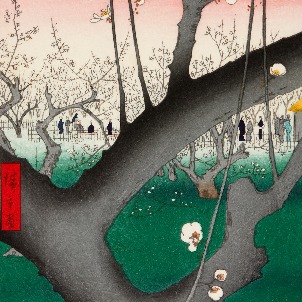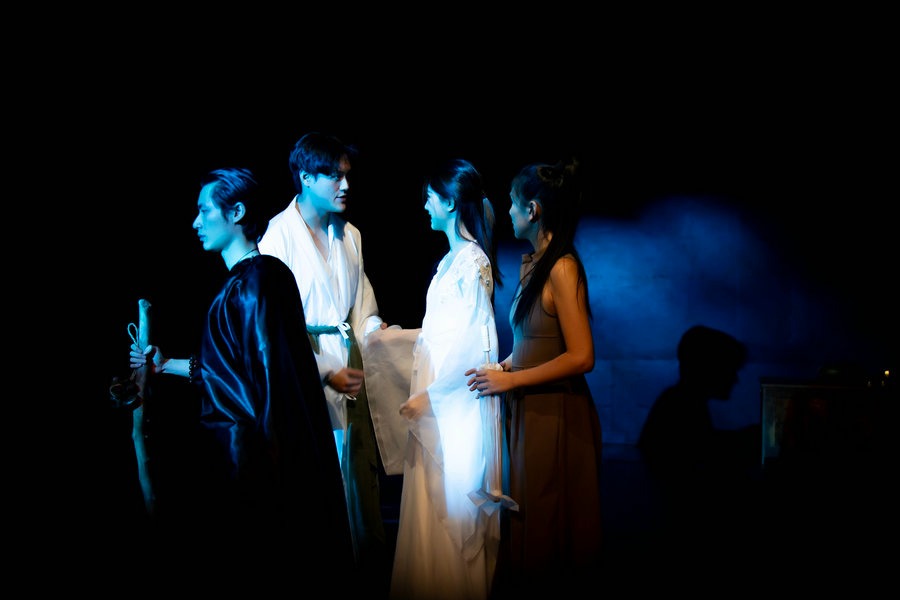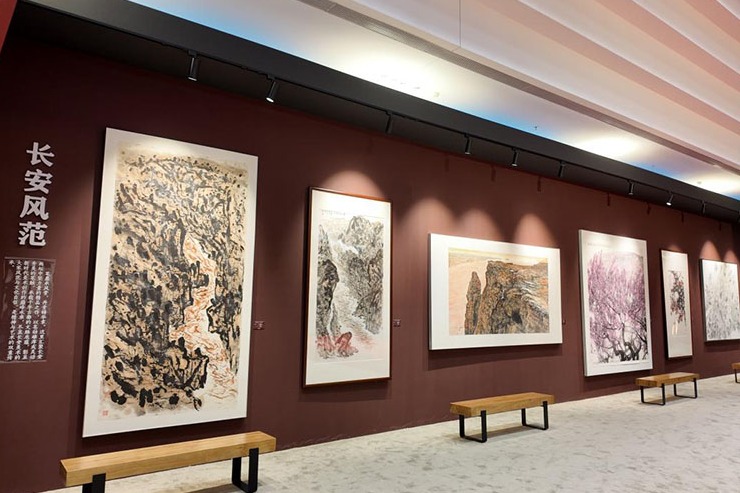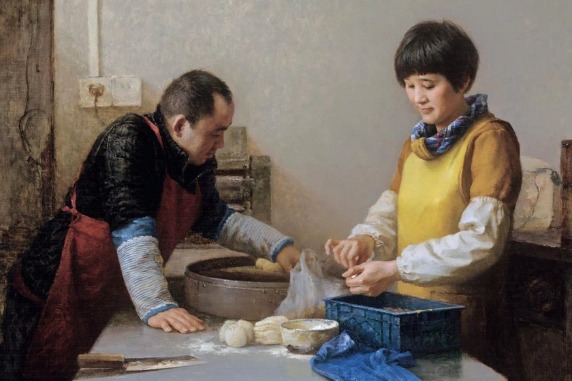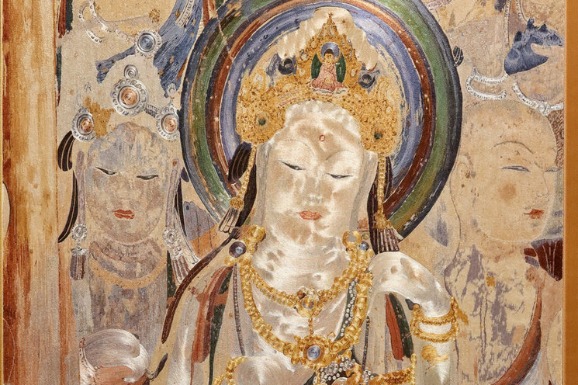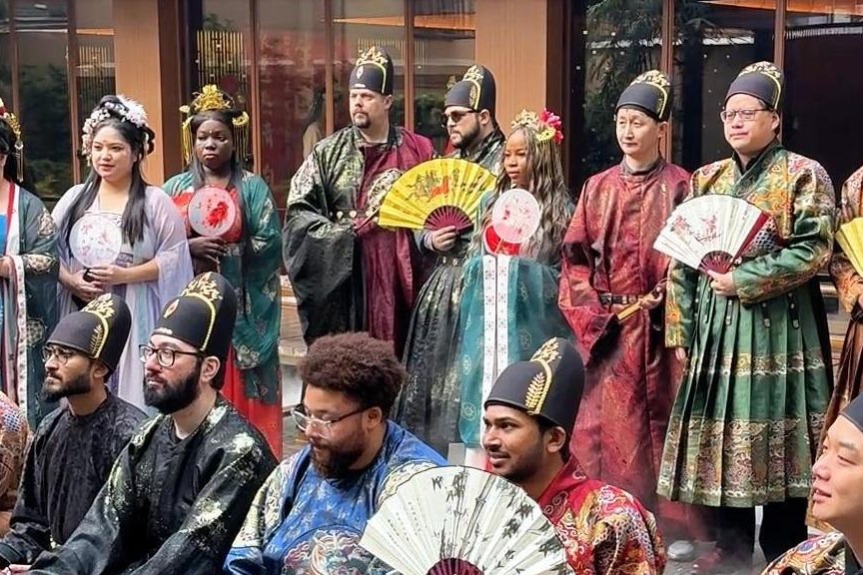The Japanese beauty that influenced Vincent


The art form developed through different forms and media, including posters, newspapers, magazines and comic books.
In an exhibition of ukiyo-e now on at 798 Art Zone in Beijing visitors can view more than 100 pieces as well as the tools for making ukiyo-e. Thirty of the works on display are originals of the Edo period.
The exhibition is divided into three sections. The first is about the real world and daily life. It displays drawings of beautiful women, sumo wrestlers, geisha and scenes of daily life.
The second is about nature, and among the works are Kanagawa Okinamiura, or the Great Wave, by Hokusai Katsushika, perhaps the best-known ukiyo-e piece, and Tokaido Gojusansaitsugi, or 53 stations of the East Coast Line from Hiroshige Utagawa.

The third section is about the unreal, portraying monsters, fantastical animals and Japanese folklore.
Given that these artworks are prints, a question raised is how many of each was made. In the case of the Great Wave, the BBC television series A History of the World in 100 Objects said as many as 8,000 may have been produced. Thousands of those would no doubt have been lost or destroyed in the nearly two centuries since the first print was made, and exactly how many of those survived is unclear.
Even though ukiyo-e is considered a Japanese art form, it has close connections with Chinese art. During the late Ming Dynasty (1368-1644), China and Japan largely closed their doors to one another, but trade continued between the port city of Nagasaki, in southwestern Japan, and Ningbo, in what is today Zhejiang province.


